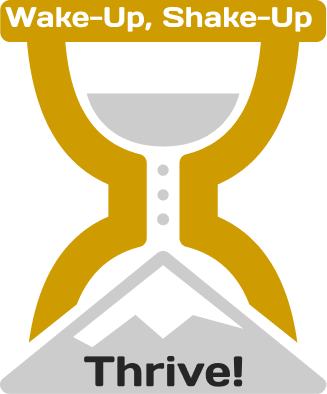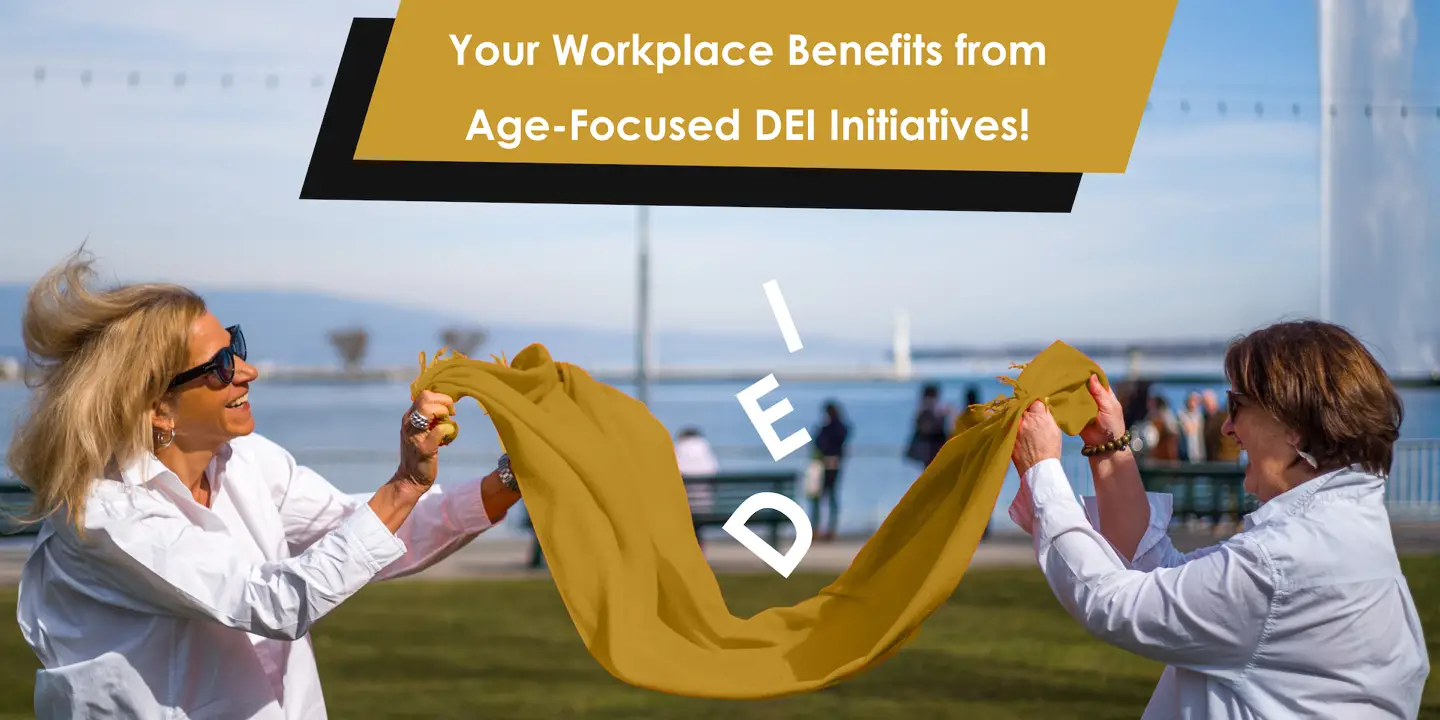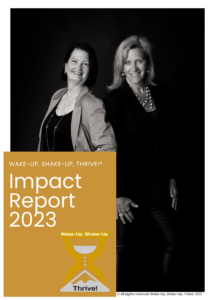You are savvy enough to know that DEI programs are not one size fits all and that your company’s program should be as unique as your employees’. But if management decides to implement new policies without understanding the WHY behind them – it could hamper your success.
The benefits of including AGE in your DEI policies must be communicated from the top down. When all the stakeholders in your organization – leadership, management, and employees – know and understand the reasons behind an age-inclusive DEI approach, these reasons solidify your decision-making, just like your mission or values statement.
An Aging Workforce is a Reality – Right Now

In the past ten years, the US labour force has grown older. Between 2009 and 2019, the number of workers 65 and older increased from 6.5 million to 10.7 million, a 63% increase.
This jump is also seen in workers over 50 in the 28 OECD countries. Astoundingly, 45% of the OECD’s countries’ workforce will be 50+ by 2050.
Instead of a pyramid-shaped workforce with a few older workers on top and more workers in each successive generation, a square-shaped future workforce with more senior employees is already happening – whether you’ve prepared for it or not.
Age is Rarely Included in Organizations’ DEI efforts
In a PWC Annual Global CEO survey of 1,322 CEOS in 77 countries, 64% of those surveyed had DEI programs, but only 8% included age.
If you’re part of a global organization with a DEI program, chances are it was developed in a foreign headquarters office not seamlessly apply in your country with nuanced culture, values and needs
According to Poornima Luthra, Ph.D., an associate professor at the Copenhagen Business School, who studies DEI programs, she’s lost count of:
- The number of times she’s heard managers express surprise when their based diversity, equity, and inclusion (DEI) efforts are not as successful in locations outside of the headquarters country, and
- How often do managers say, “DEI is a problem of the headquarter, here, it’s totally different, we have other problems?
Discrimination of any group knows no geographical boundaries, so it’s particularly troubling when companies don’t see the need for DEI in general and age-focused efforts in particular.
Doing nothing in this area means sacrificing your company’s reputation, impact, and revenue.
Benefits of Including Age Diversity in your DEI Initiatives
1. You’ll be ahead of those ignoring the demographic future of a workforce that is already – and trending – older.
While their recruitment strategy remains the same – they’ll experience a smaller pool of candidates available. Meanwhile, seeing the writing on the wall, your organization has already shifted where and how you recruit employees, so you’ll have less trouble hiring. This means easier hiring and a pool of diverse skills and competencies in-house.
2. You will be positioned as an industry leader.
Industry leaders garner respect from other companies, partners, management, and employees. A reputation as a leader and innovator could lead to new opportunities and partnerships. You and your organization’s reputation get a boost.
3. Your ability to conquer business challenges will be reinforced.
Your business opportunities are not confined to your products, services, and clients but extend to the people that make everything happen: your employees. An age-diverse workforce offers a different lens for solutions to each challenge that presents itself.
4. Reduces absenteeism, increasing productivity and performance.
High absenteeism can cripple an organization. According to a Deloitte survey, if 10% more employees feel engaged, work attendance increases by one day per employee per year. Including age in your workplace program is an ideal way to make your older employees feel seen and respected, and engaged. In addition, companies in highly diverse and inclusive organizations have a 26% higher rate of team cooperation.
In workplaces with high absenteeism, other employees must make up for the co-worker’s absence, which can lead to resentment and burnout. Another benefit of including age in workplace programs is increased team cooperation.
5. Ensures a more robust talent pipeline.
If your entry-level recruitment efforts are focused solely on young graduates, you will miss out on more experienced employees looking for an entry-level position. If your job postings are worded inclusively, you can draw from a broader base of talent since each generation has its specific strengths and assets.
6. You tangibly support your values and mission with concrete action.
You’re walking the walk, talking the talk, and acting with integrity. Any company can claim to be more inclusive, but if their “diversity and inclusivity” only includes gender and race, it is incomplete and they’re missing out on the benefits above.
WUSUT’s Check-Up for Employers Is Your Launchpad to DEI Age Inclusivity!

Wake-Up, Shake Up, Thrive! founders, Ellen Kocher and Dominique Ben Dhaou, work with your organization’s stakeholders to brainstorm and co-create a workplace assessment of your DEI initiatives. You’ll come away with a summary report with insightful conclusions, recommended action items, and a roadmap to create the robust DEI program essential for today’s aging workforce.
For information about our WUSUT checkup, click here.



